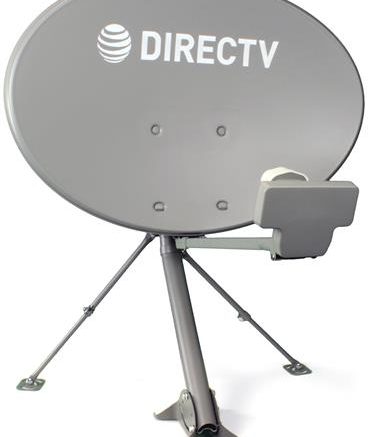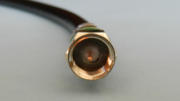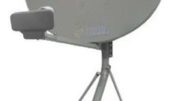So, chances are at some point in your love affair with satellite TV, you felt like you had asked all the hard questions. And then, some time went by and you felt like you answered all the easy questions. And then, some time went by and you realized, there was still a class of question you hadn’t asked: the fairly absurd.
Well friends, sometimes that’s exactly what The Solid Signal Blog is for. So let’s dig in.
First things first, it’s not because they’re primed.
If you do a google search, one of the other answers that comes up is this one, which claims that they are grey because they’re primed for you to paint them. So let’s put that to bed right now. It’s not primer, and not all primer is gray. That probably made sense to the author but it’s not true. It’s not far from the truth, but it’s not true.
See, primer is a special kind of paint that sticks to metal better than other paints. And satellite dishes are painted in a process where the paint sticks to the metal directly. So it’s sorta primer, but it isn’t. The one factory that I saw where satellite dishes were made was powder coating them, not painting them. I don’t know if that’s universally true, but powder coat isn’t primer. So let’s get past that claim.
It probably has to do with the same reason battleships are gray.
Battleships are painted gray to blend in with the haze over the horizon. Now of course this whole paint scheme started before the invention of radar and today no one is saying that the paint color really helps with camouflage. After all it’s pretty hard to hide something the size of the Empire State Building, especially if you have radar or, I don’t know, eyes. In reality you could paint a battleship or any naval vessel pink and it would still work just as well.
But in the end, “battleship gray” is a neutral color that no one is going to complain about. It’s the same with satellite dishes. They’re neutral enough that no one is going to complain about the color. And it’s also easy enough to match when you’re looking at parts made of plastic, aluminum, and steel that all have to look like they’re the same color.
Sidebar: Painting things so they look the same color isn’t as easy as you think. There’s a whole science devoted to studying the way things look in different lighting conditions. This guy named Albert Henry Munsell studied it extensively 100 years ago and “Munsell gray,” the color that describes primer, battleships, and even satellite dishes, is named after him. But I digress.
And not every satellite dish is gray anyway.
DISH’s Western Arc reflector is black, as you can see above. It’s been that way for a while.
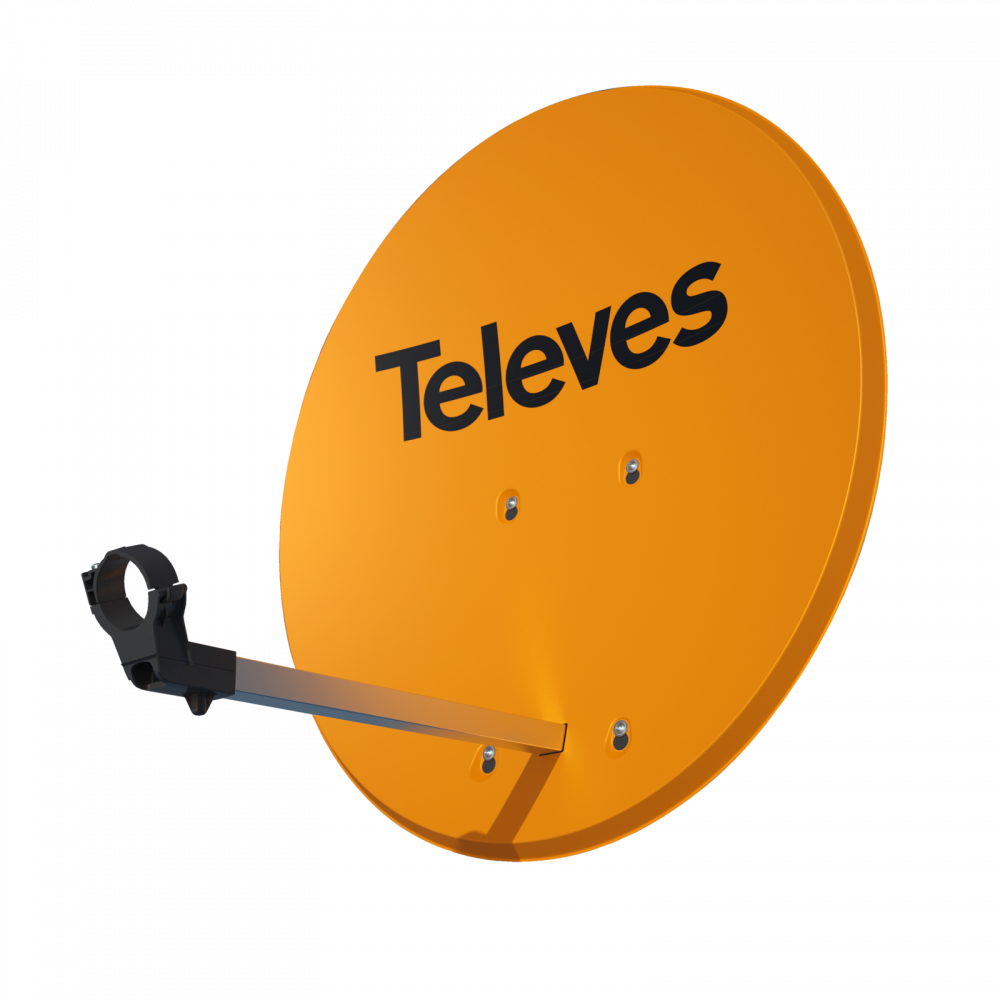
Televes sells satellite dishes throughout the world and theirs are orange. It’s their corporate color.
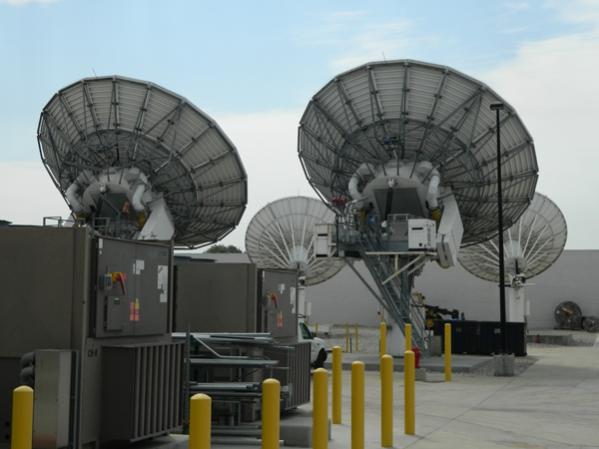
A lot of large satellite dishes are white. Some are black, or some are painted different colors.
The point is you can have a dish that’s any color you really want. The most important thing is that the dishy part reflects signals back to the LNB, the part in the front that’s almost always white. I’ve told you that you can paint a dish if you want, although I personally wouldn’t do it unless you know how it will behave.
Bottom line
So it seems the right answer is, satellite dishes are gray so you won’t really think about what color they are. Which, if you think about it, actually worked because you probably didn’t ask yourself this question until you’d run out of other questions, right?
Oh, and if you do want a new satellite dish, whether gray or some other color, you know you can get one at Solid Signal.

